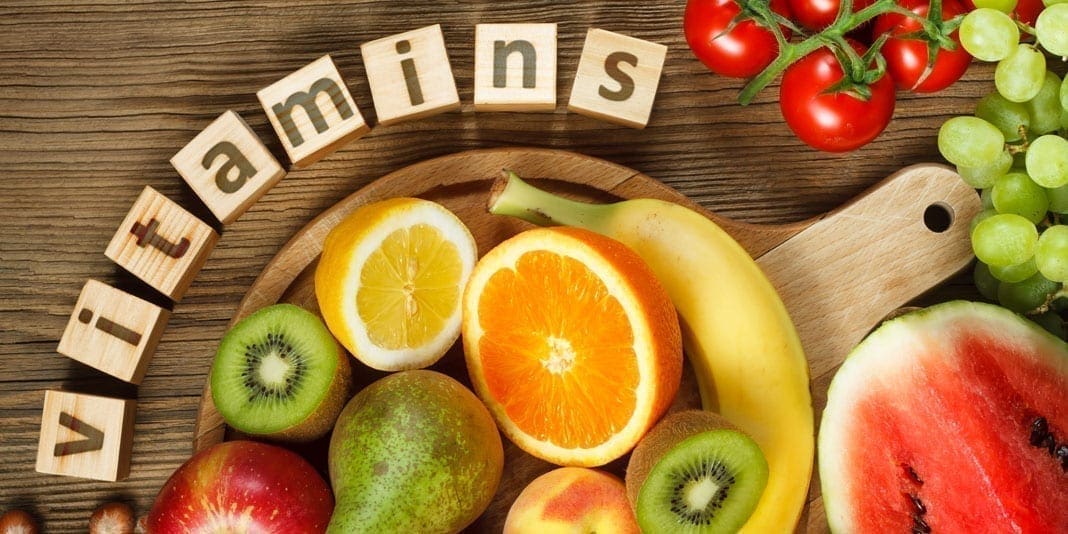In America today, half of us will suffer from a chronic disease, and a third of adults are obese. The American diet is doing us no favors. The problem isn’t the availability of food with adequate vitamins and minerals. Instead, the problem seems that a large part of our diet is taken up with nutrient-poor foods. What does that mean?
There are only so many calories in a day we can eat. A lot of us eat more than we need (comfort food is a thing, okay). The percentage of calories made up of sugar, and other foods with low nutrients is a high proportion of our diets. Simply put, we’re eating a lot of junk food.
For instance, 75 percent of us don’t eat the recommended intake of fruits, and 80 percent of us don’t eat the recommended intake of vegetables, two categories of food that are vitamin and mineral-rich. When wellness is a profitable trend, the basics are getting left behind our golden lattes.
Less than Optimal isn’t Zero
A bit of terminology is essential here. Yes, we’re lacking many vital nutrients and vitamins. Yet, that doesn’t mean that we’re missing so much that severe effects are occurring. We aren’t getting enough, but most of us aren’t getting zero either.
Here’s an example: scurvy is a disease that sailors used to get on long voyages. That’s because they didn’t eat any citrus. At all. None. Yeah, being a sailor was pretty rough.
Scurvy is something you get when you’re completely deprived of vitamin C for a long time. Today, 38 percent of us in America don’t get the daily requirement of Vitamin C, but that doesn’t mean we don’t get any at all. You probably haven’t ever heard of someone getting scurvy, and this is why. So yes, we aren’t optimal, but we do get some Vitamin C in our food.
The problem is that in the long-term, these deficiencies could add up to cause health issues.
So what else are we not getting enough of? And what are some simple foods you can add to make up for it?
Vitamin D
Vitamin D tops the list of what we lack. An astonishing 94 percent of us don’t get the daily requirement of Vitamin D. Fatty fish like mackerel, cheese, and foods fortified with Vitamin D can help you get more. Limited exposure to sunlight and supplements also can be good sources.
Vitamin E
A whopping 88 percent of us don’t get enough vitamin E. Sunflower seeds, almonds, and leafy greens like spinach are high in Vitamin E.
Minerals
As for minerals, magnesium and calcium are two we are lacking. Pumpkin seeds and spinach are high in magnesium. You can get calcium from seeds, broccoli, and foods fortified with calcium.
If you want to take your #wellness game seriously, don’t forget to start at the start. Our mineral and vitamin intake can have a massive influence on our health.




































